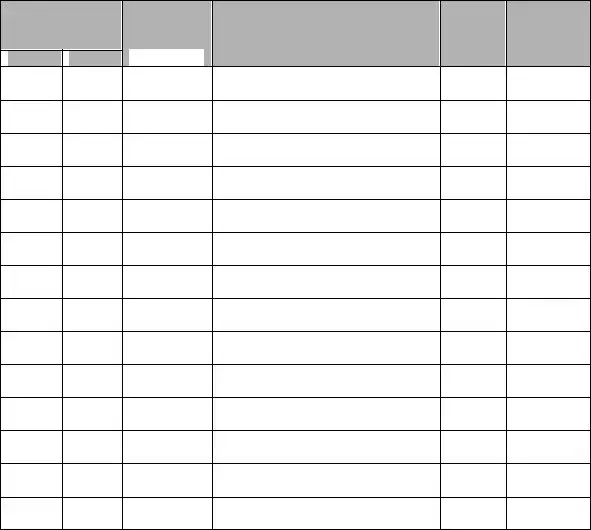Blank Mil 174 PDF Template
The MIL 174 form serves as a chronological listing of an individual's military service, detailing the branches served, duty titles, dates of service, and highest grades achieved, among other specifics. It was designed to provide a structured record for military personnel, simplifying the documentation of their service history. For those needing to compile their military service record, accurately filling out this form is crucial. Click the button below to begin filling out your MIL 174 form.
Make This Document Now


 FROM
FROM  TO
TO